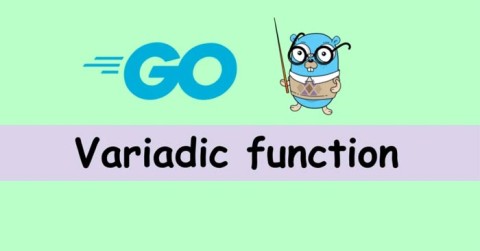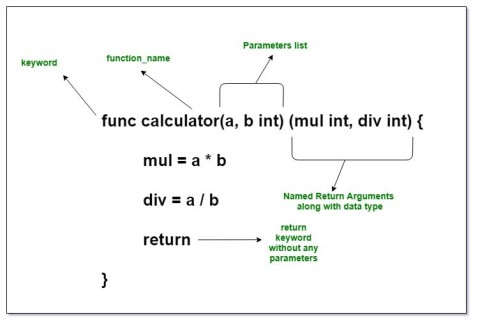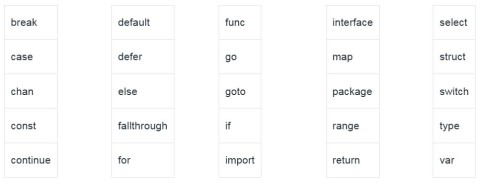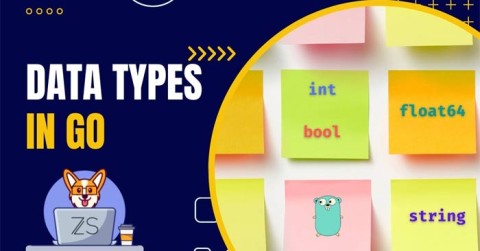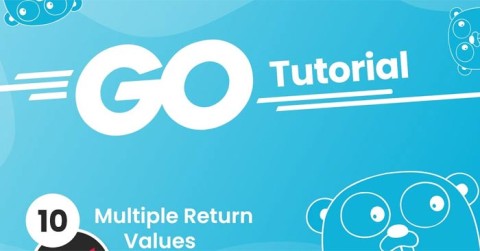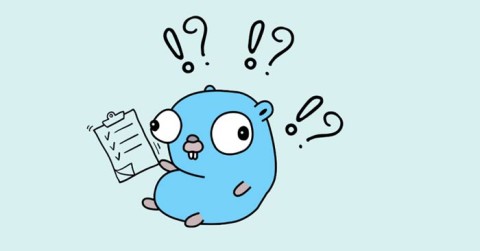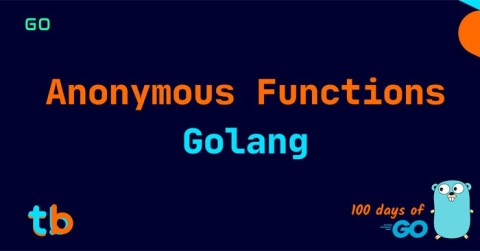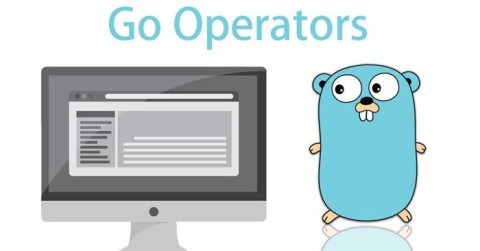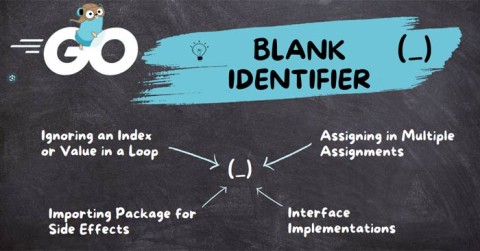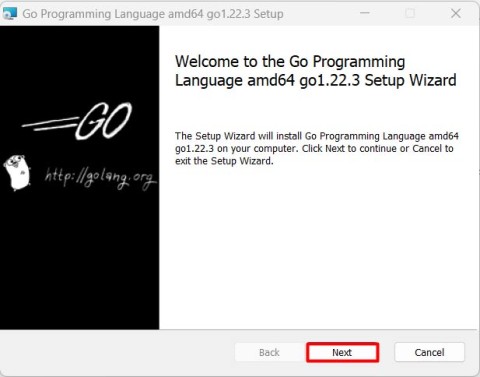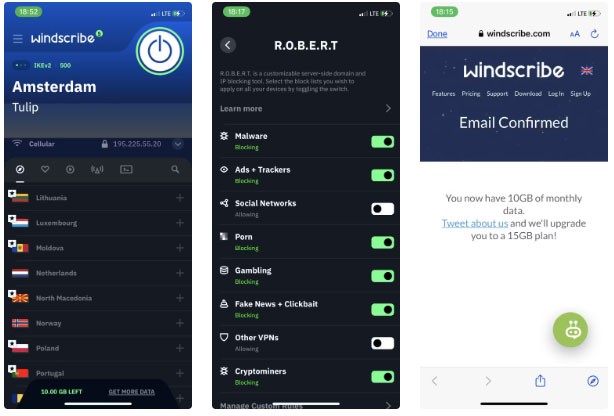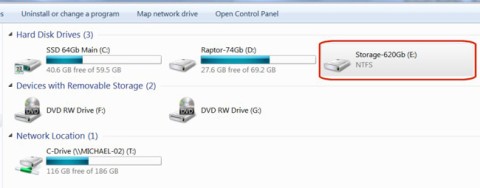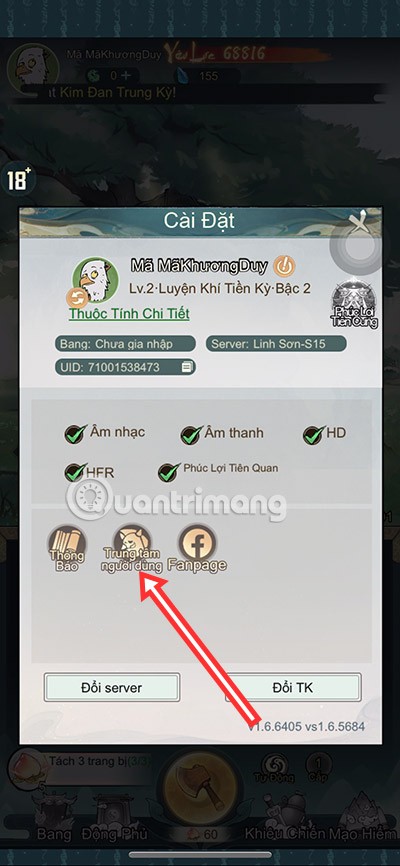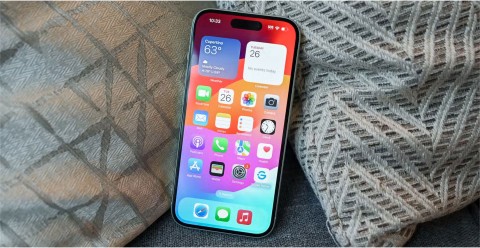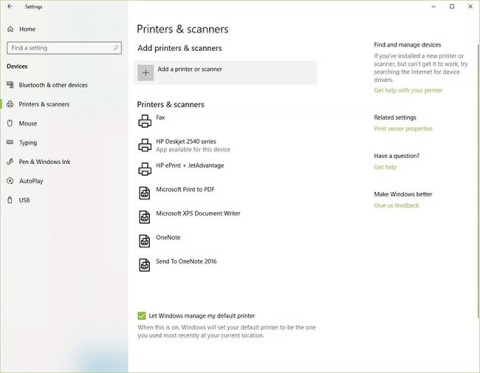How to use constants in Golang
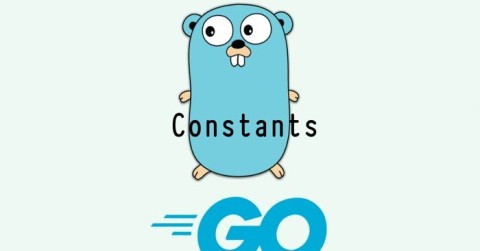
What is a Constant or Const in Golang? Here's what you need to know about using constants in Go.
What is Rune in Golang? How to use Rune in Golang? This article will give you the answer.

In the past, we only had one character set, and it was called ASCII (American Standard Code for Information Interchange). Back then, we used 7 bits to represent 128 characters, which included uppercase and lowercase English letters, numbers & various punctuation & device control characters. Because of this character limitation, the majority of the population could not use their own custom writing system. To solve that problem, Unicode was "born". Unicode is a superset of ASCII that contains all the characters in the world's writing systems today. It includes accents, diacritics, control codes like tabs and line breaks, assigning each character a standard number called "Unicode Code Point" or in Go, "Rune". The Rune type is an alias for int32.
Points to remember about Runes in Golang
For example:
♄This is a Rune with the hexadecimal value ♄.
The True Meaning of Runes
It represents a Rune constant, which is an integer value that identifies a Unicode code point. In Go, a Rune Literal is represented as one or more characters enclosed in parentheses like 'g', '\t', etc. Between the parentheses, you are allowed to place any character except a newline and an unescaped parentheses. Here, the characters enclosed in these parentheses represent the Unicode value of the given character itself, and multi-character strings with a backslash (at the beginning of a multi-character string) encode the values in a different format. In a Rune Literal, all strings that start with a backslash are invalid, only the following single-escaped characters represent special values when you use them with a backslash:
| Character | Unicode | Describe |
|---|---|---|
| \a | U+0007 | Alert or bell |
| \b | U+0008 | Backspace |
| \f | U+000C | Form data |
| \n | U+000A | Line feed or line break |
| \r | U+000D | Return to beginning of line |
| \t | U+0009 | Horizontal tab |
| \v | U+000b | Vertical Tab |
| \\ | U+005c | Backslash |
| \' | U+0027 | Apostrophe |
| \” | U+0022 | Double quotes (valid only in character strings) |
For example:
//Minh họa chương trình Go đơn giản về cách tạo một rune
package main
import (
"fmt"
"reflect"
)
func main() {
// Tạo một rune
rune1 := 'B'
rune2 := 'g'
rune3 := '\a'
// Hiện rune và kiểu của nó
fmt.Printf("Rune 1: %c; Unicode: %U; Type: %s", rune1,
rune1, reflect.TypeOf(rune1))
fmt.Printf("\nRune 2: %c; Unicode: %U; Type: %s", rune2,
rune2, reflect.TypeOf(rune2))
fmt.Printf("\nRune 3: Unicode: %U; Type: %s", rune3,
reflect.TypeOf(rune3))
}
Result:
Rune 1: B; Unicode: U+0042; Type: int32
Rune 2: g; Unicode: U+0067; Type: int32
Rune 3: Unicode: U+0007; Type: int32Example 2:

Result:
Character: ♛, Unicode:U+265B, Position:0
Character: ♠, Unicode:U+2660, Position:1
Character: ♧, Unicode:U+2667, Position:2
Character: ♡, Unicode:U+2661, Position:3
Character: ♬, Unicode:U+266C, Position:4 What is a Constant or Const in Golang? Here's what you need to know about using constants in Go.
Variadic functions in Go allow you to pass a variable number of arguments to a function. Here's everything you need to know about variadic functions in Golang.
In Golang, named return parameters are often referred to as named parameters. Golang allows naming the return parameters or results of functions in the function signature or definition.
Keyword - Keywords are words in a language that are used for some internal processes or represent some predefined actions. Here is what you need to know about keywords in Golang.
Data types specify what type of data a valid Go variable can hold. In the Go language, types are divided into four categories as follows:
Go supports two main ways to pass arguments: Pass by Value and Pass by Reference. Go uses pass by value by default.
In Go language, you are allowed to return multiple values from a function, using the return statement. In other words, in a function, a return statement can return multiple values.
Golang like most other programming languages has switch statement. Here is how to use switch statement in Golang.
In this article, we will learn how to use default case to avoid deadlock. But first, we will learn what is deadlock case when using select command in Golang?
Anonymous structs in Golang are temporary structures with no names used for one-time purposes, while anonymous fields allow embedding of unnamed fields.
Operators allow us to perform different types of operations on operands. In Go language, operators can be classified based on their different functions.
_(underscore) in Golang is called Blank Identifier. Identifier is a user-defined name of program elements used for identification purposes.
Hello, World! is the first basic program in any programming language. You can write this first program in Golang by following the steps below.
Golang can be easily installed on Windows. Here is a step-by-step guide to install Golang on Windows.
Diet is important to our health. Yet most of our meals are lacking in these six important nutrients.
At first glance, AirPods look just like any other true wireless earbuds. But that all changed when a few little-known features were discovered.
In this article, we will guide you how to regain access to your hard drive when it fails. Let's follow along!
Dental floss is a common tool for cleaning teeth, however, not everyone knows how to use it properly. Below are instructions on how to use dental floss to clean teeth effectively.
Building muscle takes time and the right training, but its something anyone can do. Heres how to build muscle, according to experts.
In addition to regular exercise and not smoking, diet is one of the best ways to protect your heart. Here are the best diets for heart health.
The third trimester is often the most difficult time to sleep during pregnancy. Here are some ways to treat insomnia in the third trimester.
There are many ways to lose weight without changing anything in your diet. Here are some scientifically proven automatic weight loss or calorie-burning methods that anyone can use.
Apple has introduced iOS 26 – a major update with a brand new frosted glass design, smarter experiences, and improvements to familiar apps.
Yoga can provide many health benefits, including better sleep. Because yoga can be relaxing and restorative, its a great way to beat insomnia after a busy day.
The flower of the other shore is a unique flower, carrying many unique meanings. So what is the flower of the other shore, is the flower of the other shore real, what is the meaning and legend of the flower of the other shore?
Craving for snacks but afraid of gaining weight? Dont worry, lets explore together many types of weight loss snacks that are high in fiber, low in calories without making you try to starve yourself.
Prioritizing a consistent sleep schedule and evening routine can help improve the quality of your sleep. Heres what you need to know to stop tossing and turning at night.
Adding a printer to Windows 10 is simple, although the process for wired devices will be different than for wireless devices.
You want to have a beautiful, shiny, healthy nail quickly. The simple tips for beautiful nails below will be useful for you.
